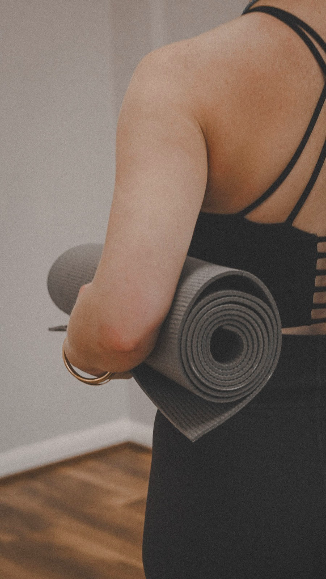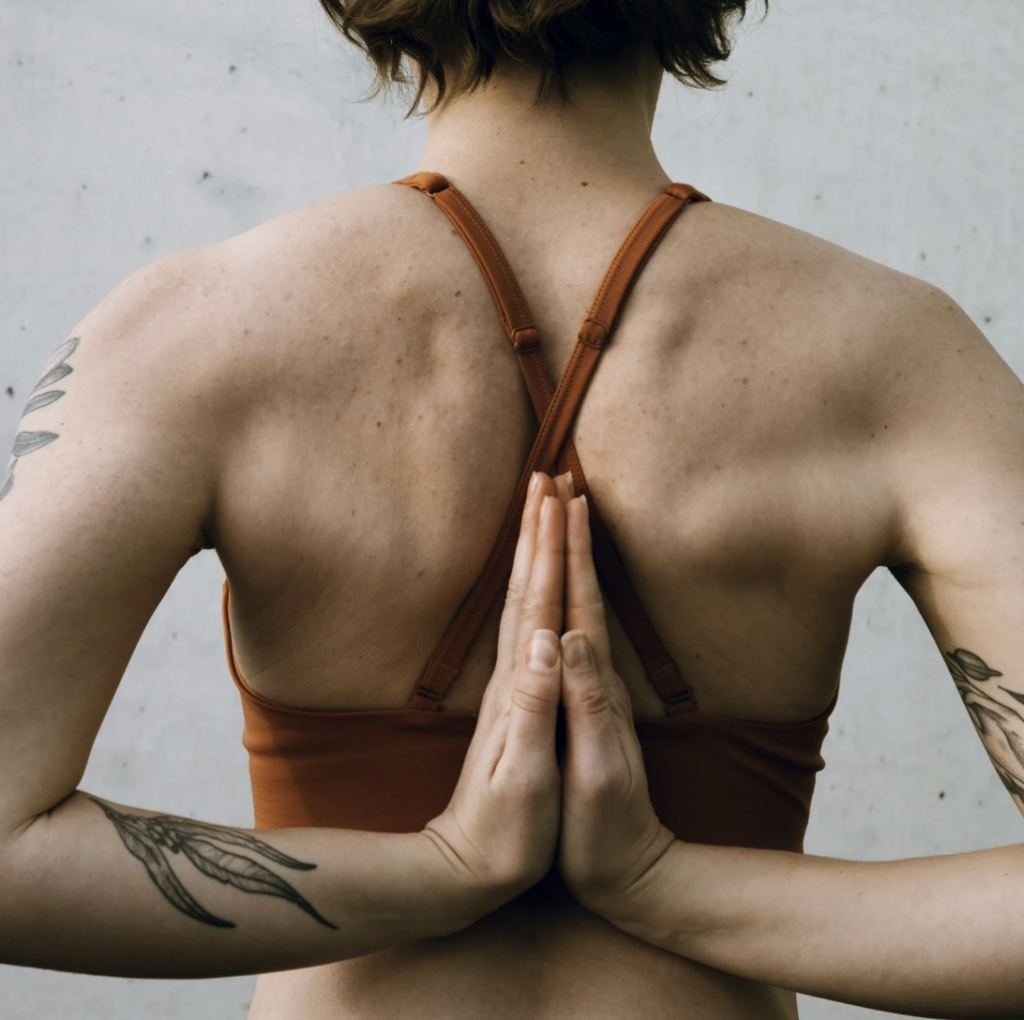Introduction to Mindful Movement
Have you ever felt like you’re just going through the motions during your workout? Maybe you’re zoning out on a treadmill, lifting weights without much thought, or simply trying to tick off another session on your fitness tracker. If so, you’re not alone. However, there’s a way to make movement more meaningful, enjoyable, and effective—mindful movement.
Mindful movement is the practice of engaging in physical activity with full awareness and intention. Whether you’re sweating it out in the gym, stretching in a yoga class, or taking a peaceful walk in nature, mindful movement is about connecting your mind, body, and breath. It’s not about how hard you push yourself but about how present you are in the experience.
This approach to movement has been around for centuries, deeply rooted in traditions like yoga and tai chi. However, in recent years, it has gained popularity as more people seek to cultivate a balanced lifestyle. Unlike conventional fitness routines that may focus solely on aesthetics or performance, mindful movement prioritises overall well-being, making it accessible to everyone, regardless of fitness level or exercise preference.

Setting an Intention Before Moving
One of the foundational principles of mindful movement is setting an intention before you start. Having a clear purpose behind your workout can keep you motivated and help you maintain consistency.
Techniques for Setting Intentions
- Affirmations and Mantras: Repeating positive statements such as “I move my body to feel strong and energised” can reinforce a positive mindset.
- Journaling: Writing down your fitness goals as if they’ve already been achieved can help rewire your brain for success.
- Visualisation: Athletes and high achievers often visualise their performance before actually doing it. Imagine yourself completing your workout feeling strong, confident, and accomplished.
- Tracking Progress: Use a calendar or habit tracker to monitor your consistency and progress, helping you stay engaged with your goals.
By setting an intention, you transform your workouts from something you “have” to do into something you “get” to do, creating a deeper connection between your mind and body.
Cultivating Awareness in Movement
Body Scanning: A Simple Check-in Practice
Before and after your workout, take a moment to scan your body from head to toe. How do your muscles feel? Are there any areas of tension or discomfort? Noticing these sensations can help you prevent injuries and modify your routine based on what your body needs.
Listening to Your Body: Adaptive Workouts
Every day is different, and your energy levels fluctuate based on factors like sleep, nutrition, and stress. Instead of forcing yourself through an intense workout when you feel drained, consider adapting your movement:
- Slow down your pace or reduce reps.
- Swap high-impact exercises for low-impact alternatives.
- Focus on mobility and stretching rather than pushing for personal bests.
When you listen to your body, you build a more sustainable and enjoyable fitness routine.
Personalising Your Mindful Movement Practice
Choosing the Right Fitness Routine
Mindful movement isn’t one-size-fits-all. Some people thrive in group classes, while others prefer solitary exercise. Consider:
- Group fitness classes for community and motivation.
- Hiring a personal trainer for structured guidance.
- Following an online programme if you prefer flexibility.
- Intuitive movement—choosing exercises based on how your body feels that day.
Breaking Routine for Growth
If you find yourself plateauing in your workouts, it may be time to switch things up. Changing exercises challenges different muscle groups, preventing stagnation and promoting growth.
The Role of Natural Rhythms in Movement
Moon Cycles & Energy Levels
Some people believe lunar phases can influence emotions and physical energy. During a full moon, you may feel more energised, whereas a new moon might signal a need for rest. Observing these shifts in your own energy can help you tailor your workouts accordingly.
Cycle Syncing for Women’s Health
If you have female reproductive organs, scheduling workouts in sync with your menstrual cycle can optimise performance:
- Menstrual phase: Gentle movement like yoga or walking.
- Follicular phase: Increased energy—ideal for strength training.
- Ovulatory phase: Peak energy—great for high-intensity workouts.
- Luteal phase: Gradual slow-down, focusing on mobility and recovery.
The Power of Sound in Your Workouts
Choosing the Right Sound for Movement
Sound impacts mood and motivation. Consider:
- High-energy music for cardio or strength training.
- Calm, meditative sounds for yoga or stretching.
- Silence or nature sounds for grounding outdoor workouts.
If you attend group fitness classes, experiment with different instructors until you find one whose energy and music style align with you.
Breathwork & Mindful Breathing Techniques
The Connection Between Breath and Movement
Breath control is a powerful tool in mindful movement. In practices like Pilates, breathwork is known as an “internal shower,” cleansing and rejuvenating the body.
Breath Techniques to Stay Present
- Box breathing: Inhale for four counts, hold for four, exhale for four.
- Nasal breathing: Enhances endurance and focus during exercise.
- Deep diaphragmatic breathing: Reduces stress and improves recovery.
Injury Prevention & Recovery Through Awareness
Mindful movement helps reduce the risk of injury by encouraging you to stay present in your body. Common mistakes that lead to injury include:
- Overextending range of motion.
- Lifting too heavy without proper form.
- Ignoring pain signals.
By staying aware, you can modify movements to suit your body’s needs, preventing unnecessary strain.
Weight Loss, Strength, & Longevity Benefits
Mindful movement isn’t just about physical health—it improves mental well-being, sleep, digestion, and hormone balance. By staying present, you:
- Engage muscles more effectively, leading to better results.
- Reduce stress, which can support weight management.
- Improve consistency by finding enjoyment in movement rather than seeing it as a chore.
Conclusion: Making Mindful Movement a Daily Habit
Incorporating mindfulness into movement has profound long-term benefits. Whether you’re lifting weights, running, or stretching, staying present can make all the difference in how you feel and perform.
If you’re ready to embrace mindful movement and experience its benefits firsthand, why not try a class with ZenPass? With expert-led sessions available online and in-person, including guidance from experts like Elizabeth, you can start integrating mindfulness into your fitness routine today..
Your journey towards a healthier, more connected body and mind starts now. Move with intention, embrace awareness, and enjoy the process!



